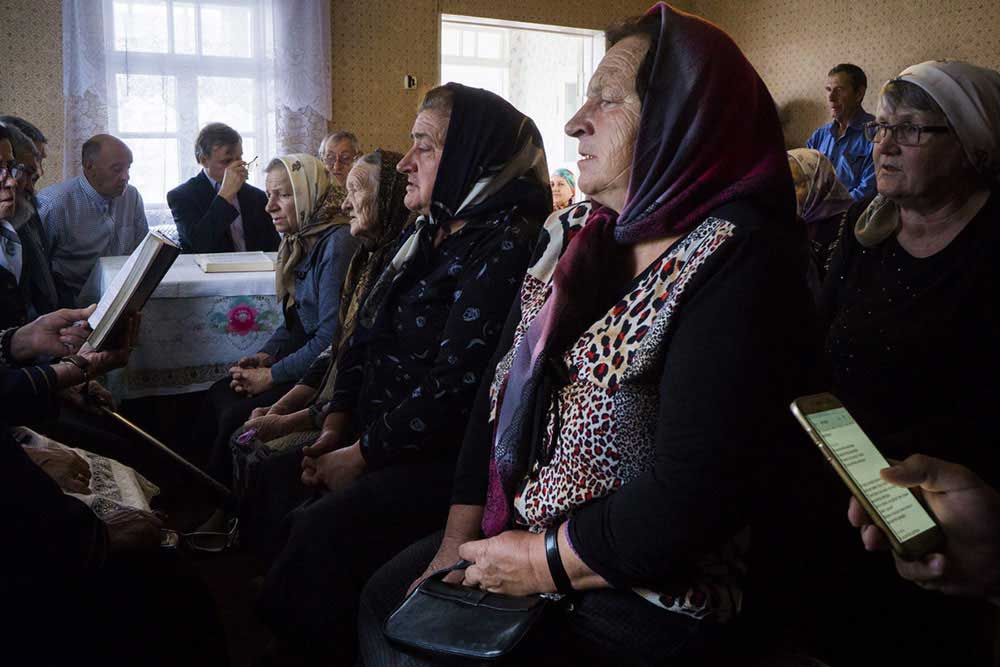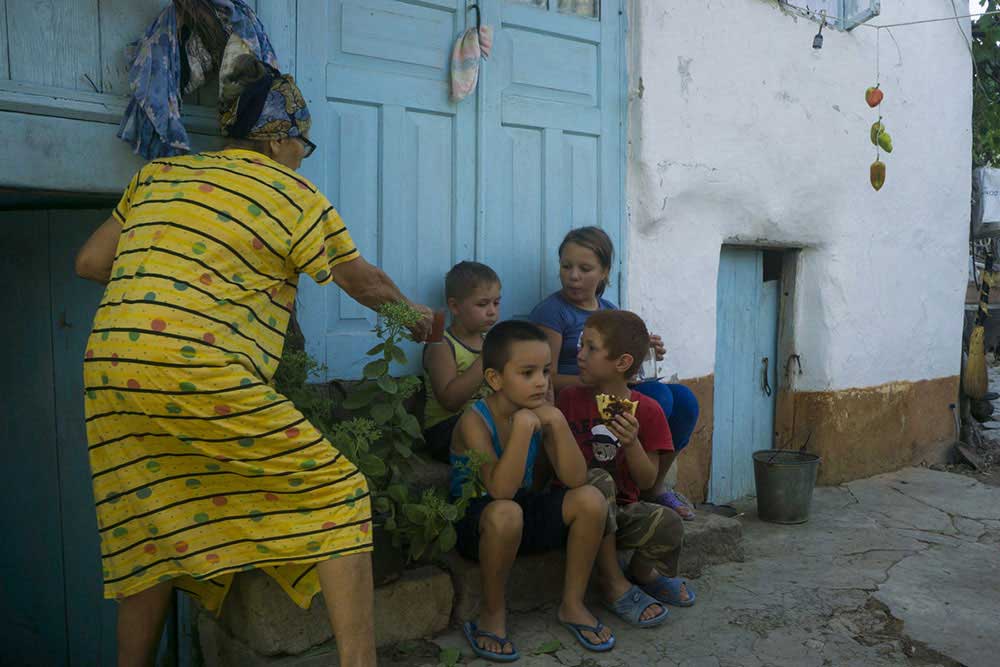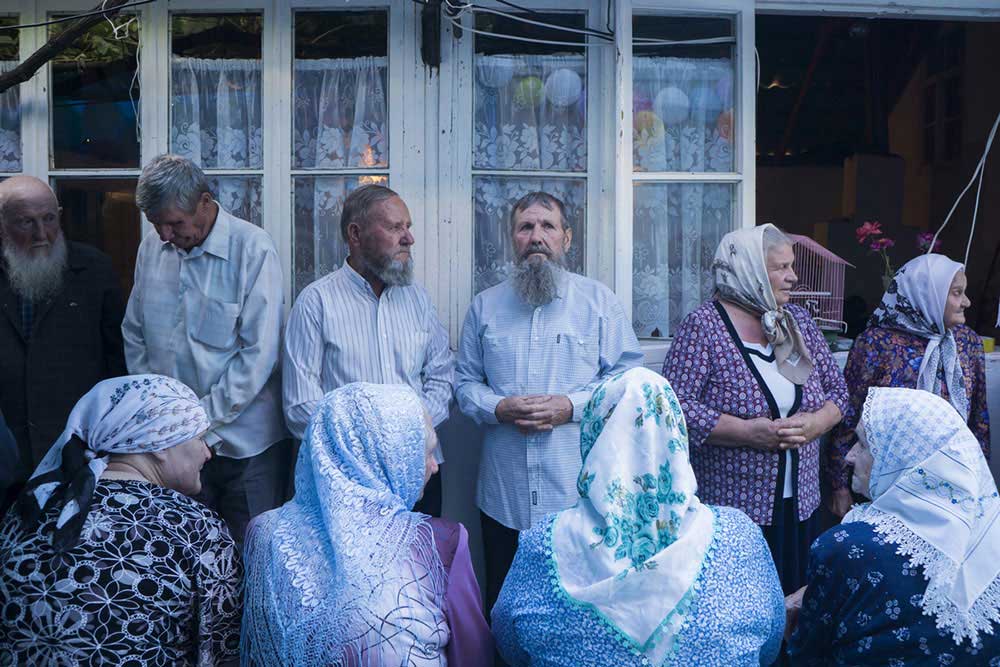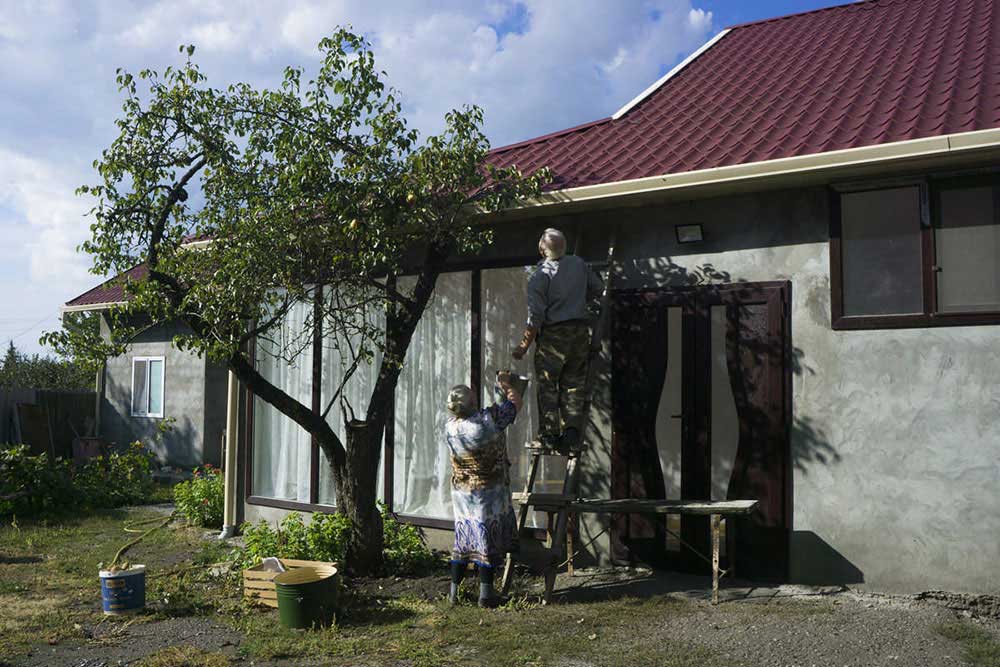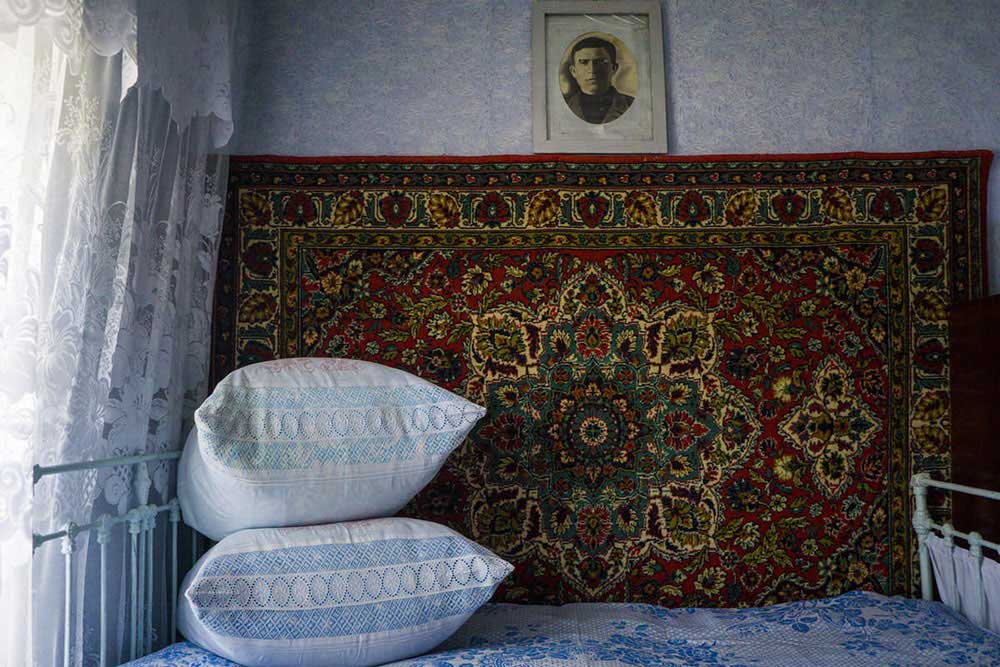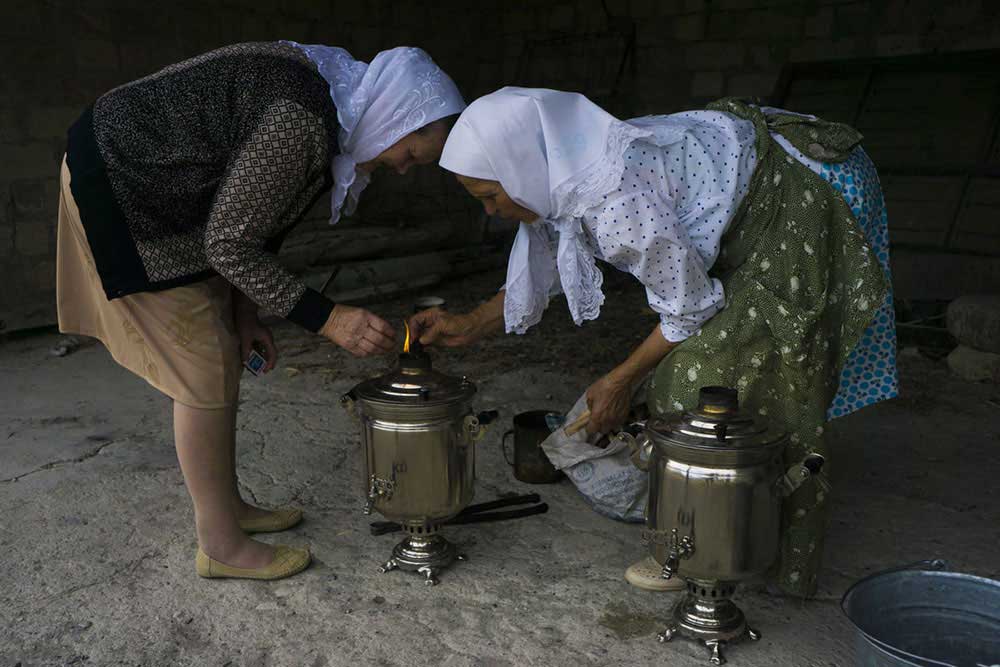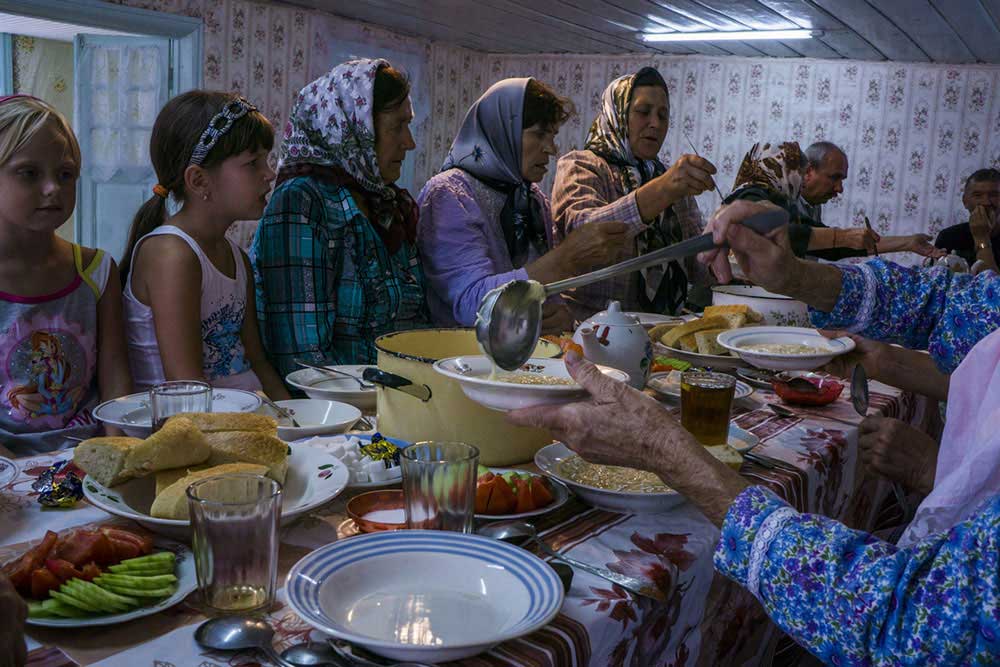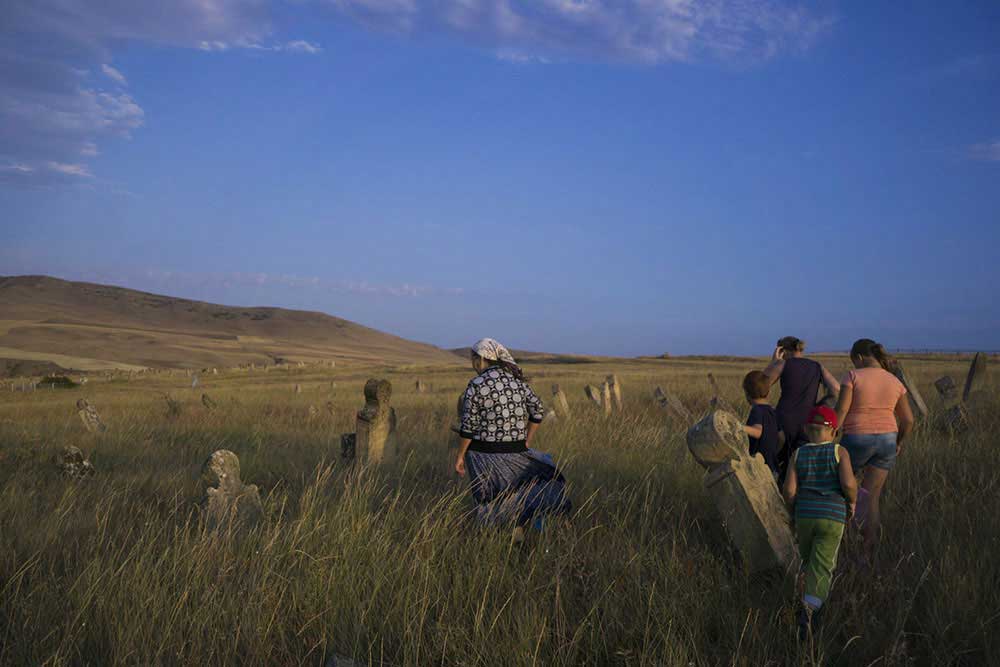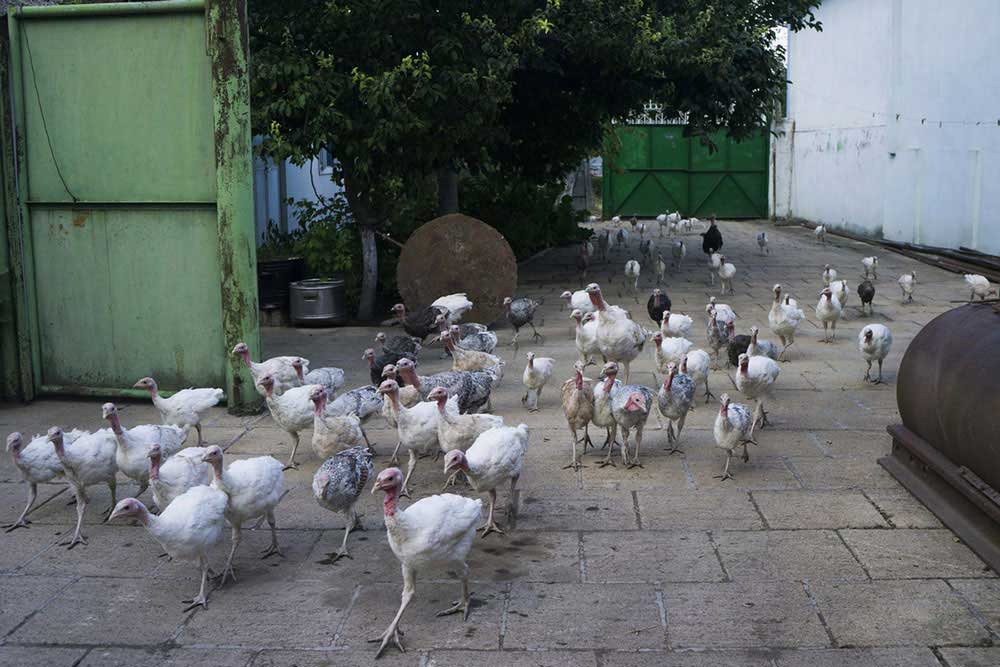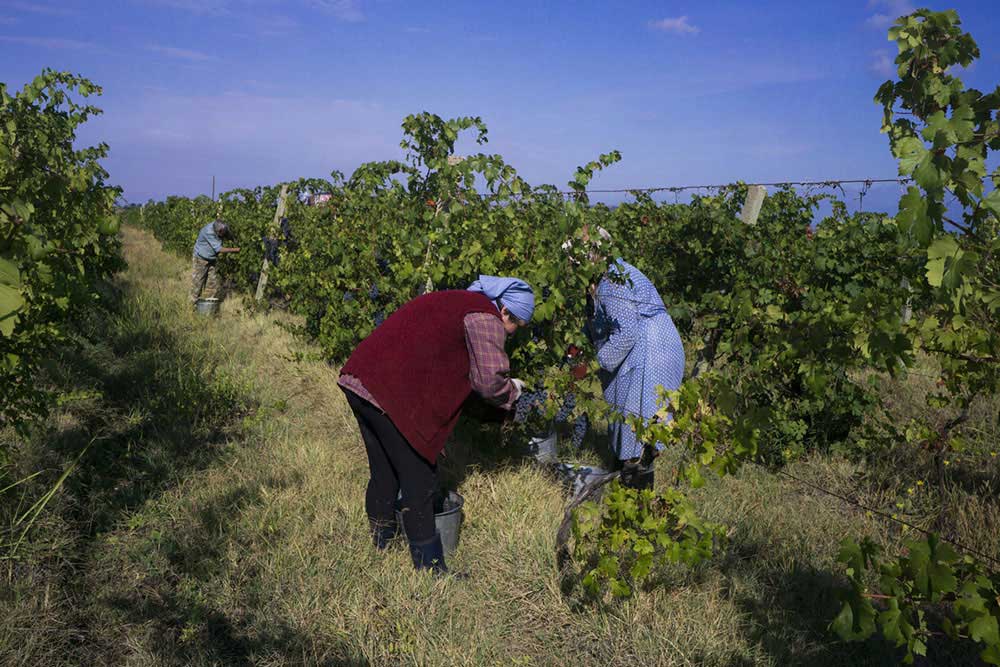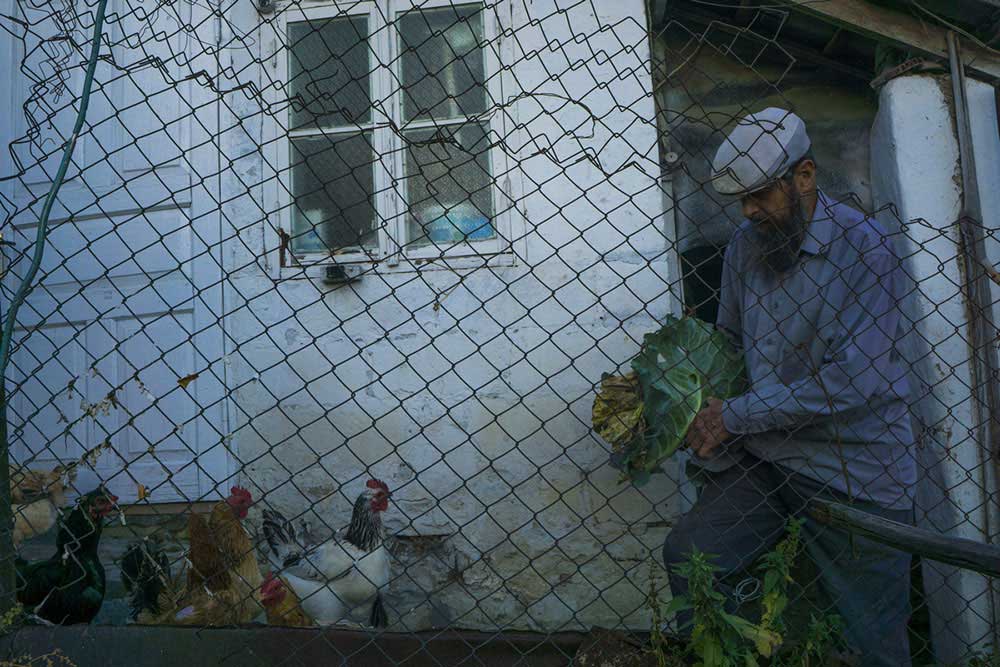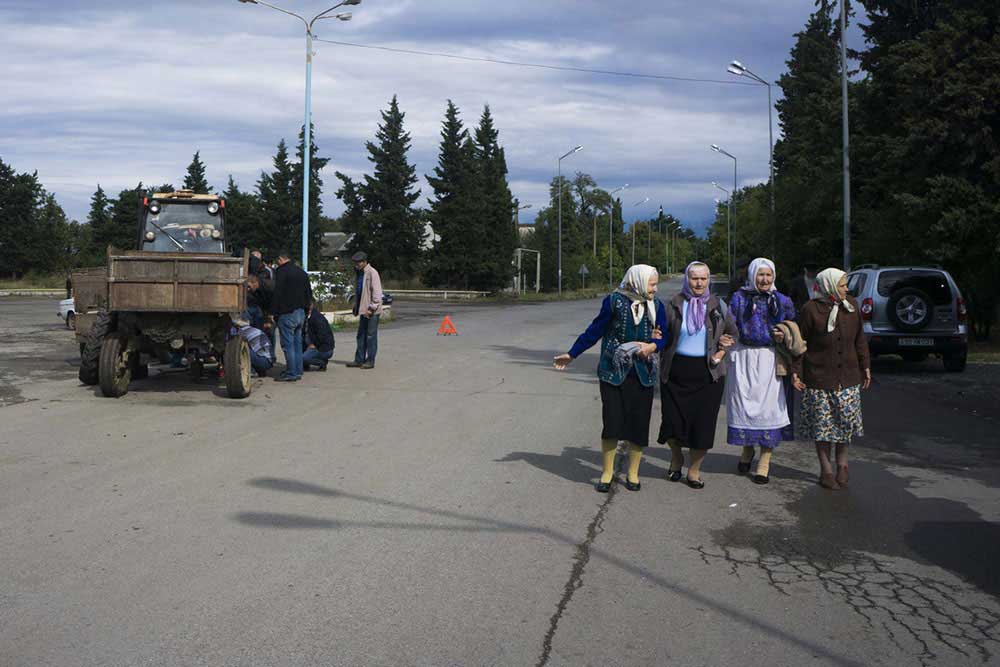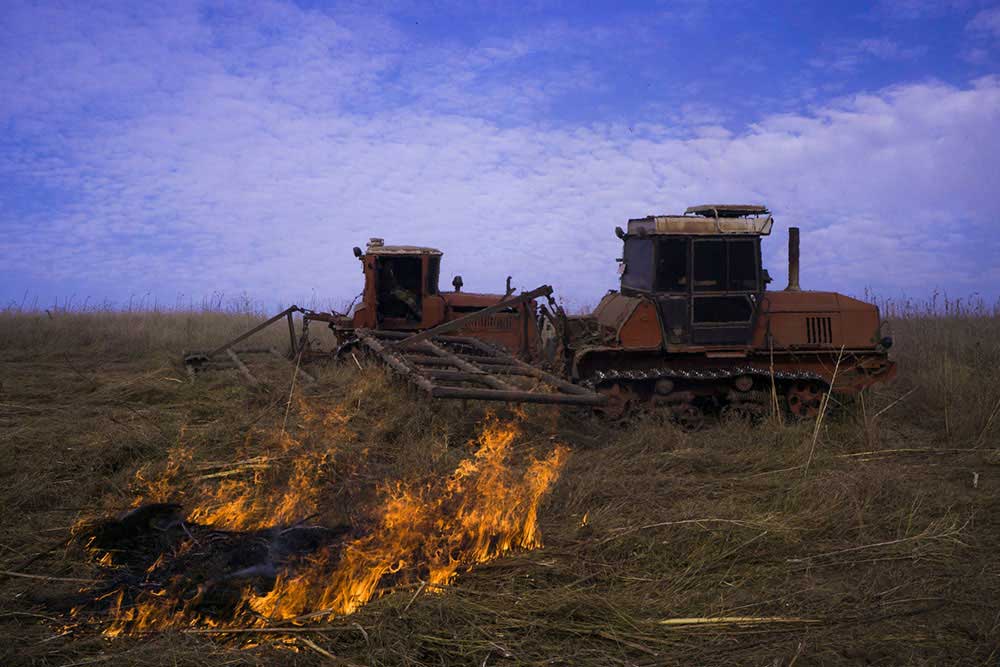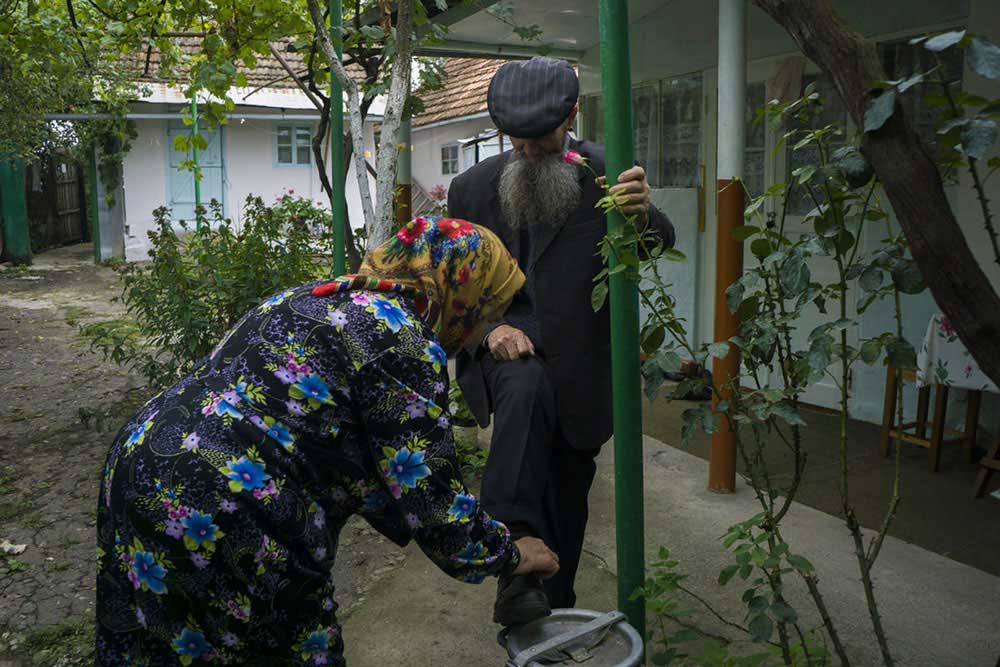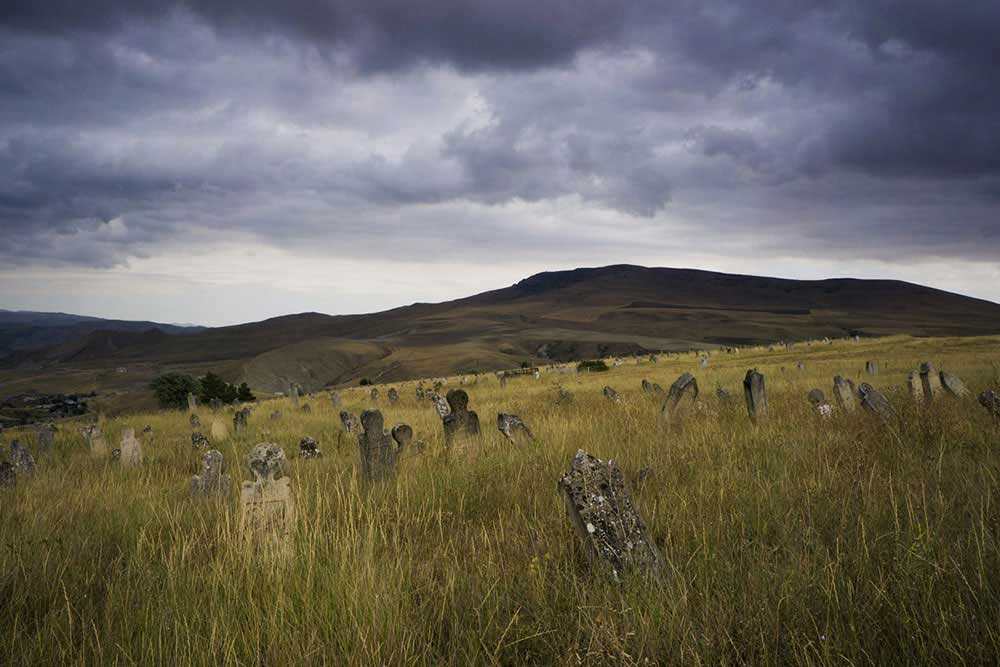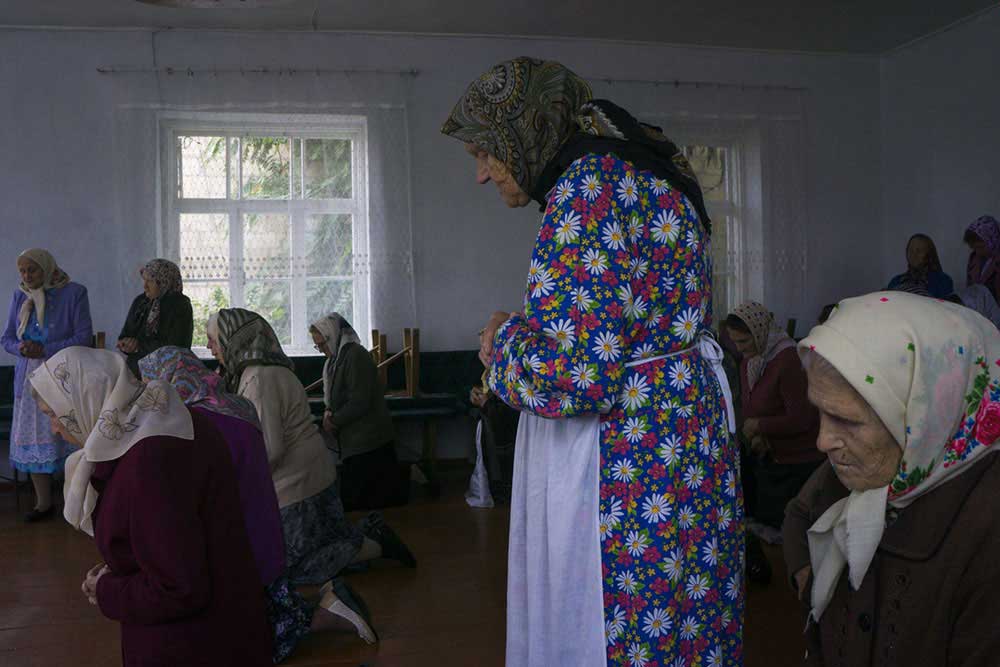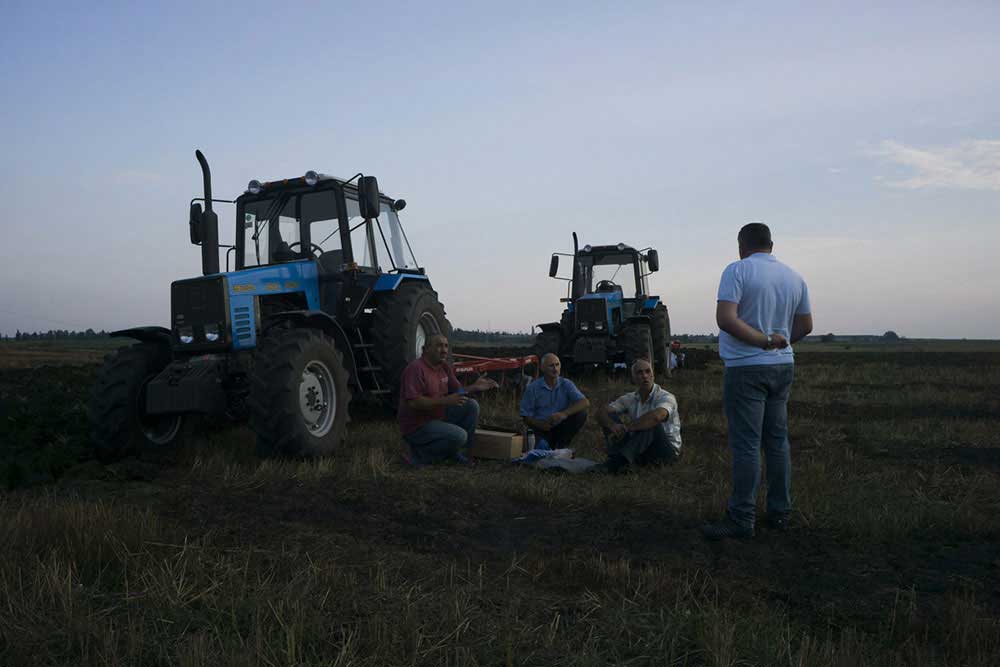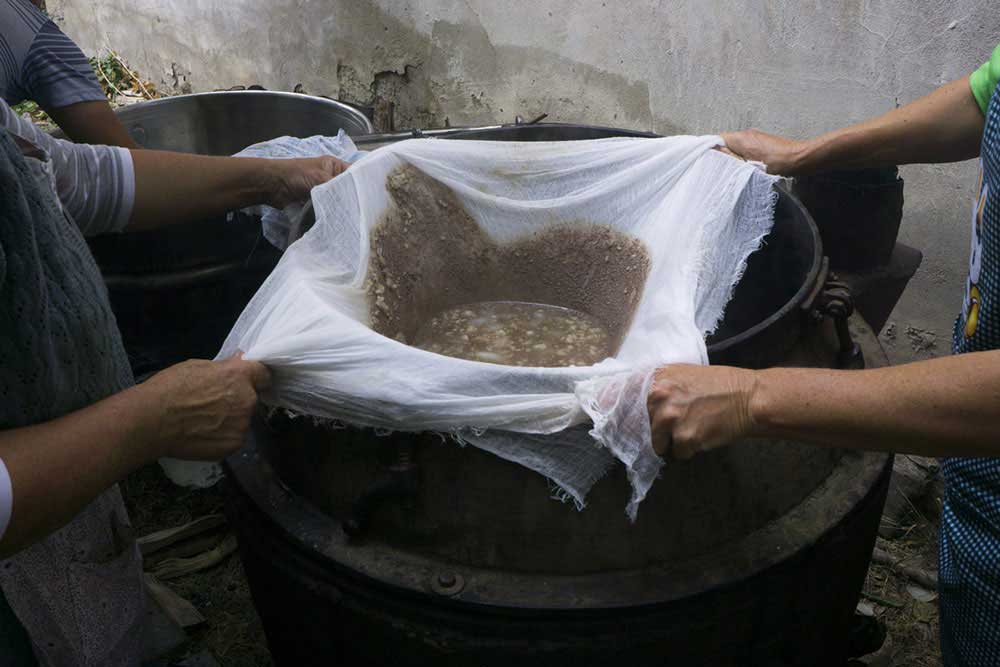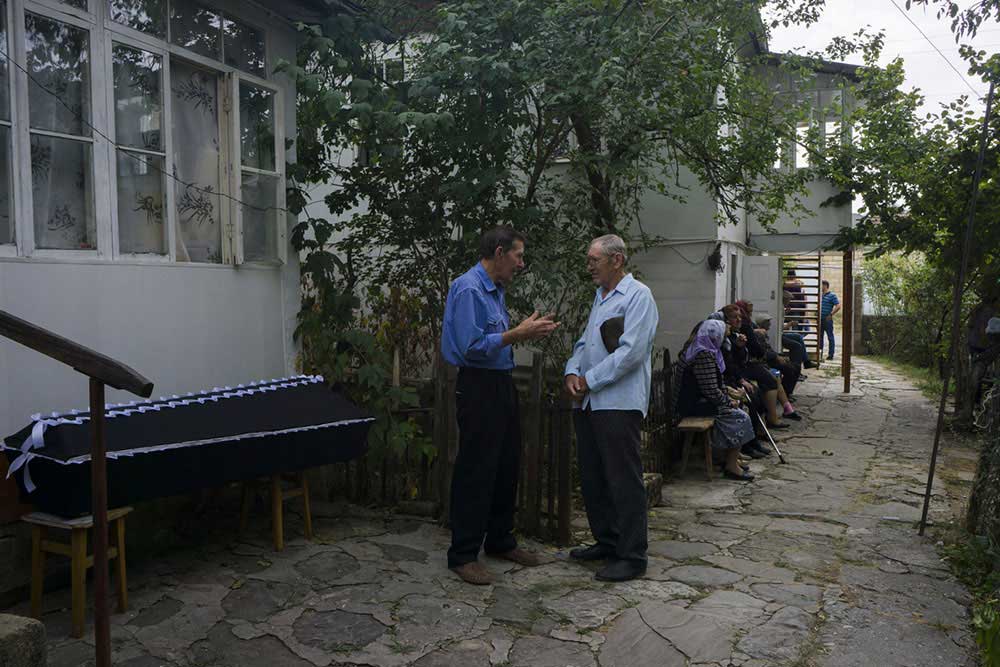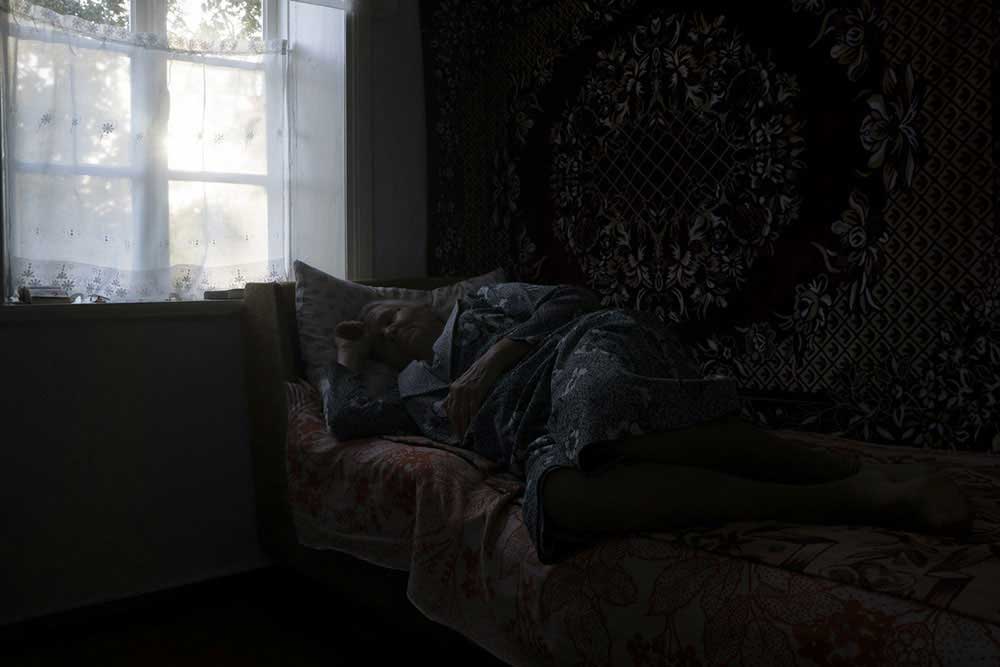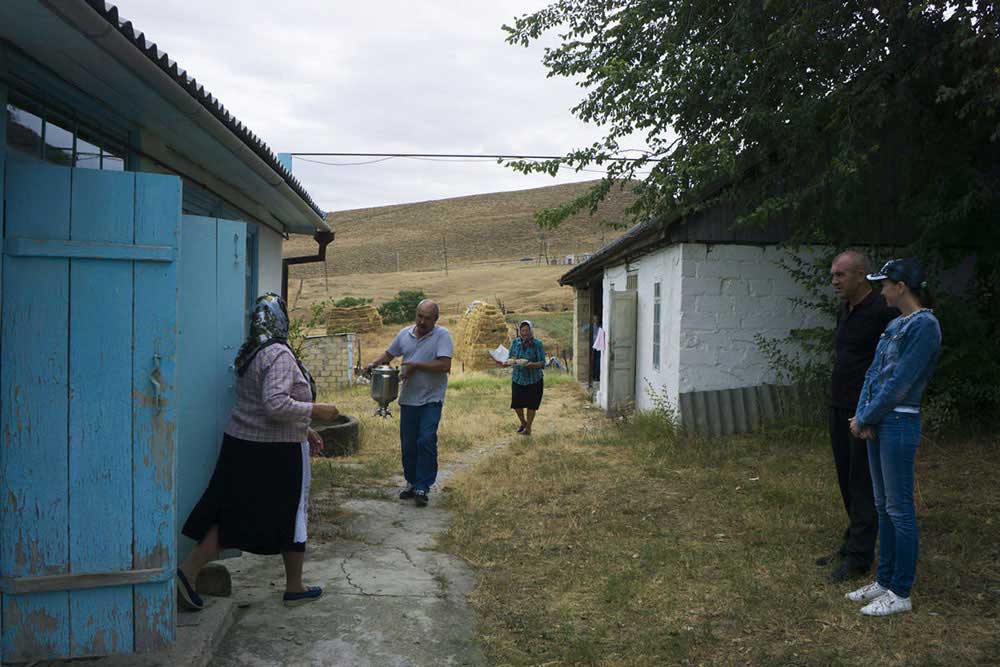Molokans are Russian Christians who do not recognise any intermediary communication with God. Molokan history began in 18th Century with the rejection of icons, churches, hierarchies, within the Church and the numerous sacraments.
The Russian Orthodox Church considers the religious movement to be sectarian. Once, Molokans lived throughout the country, but pressure from the government and the desire to establish a Molokan community forced them to migrate. Today, Molokan communities are scattered across Eastern and Western Russia, the Caucasus, former Soviet republics, Turkey, the USA, Mexico, Australia, and China. The customs and lifestyles of Molokans vary greatly from region to region. In Azerbaijan, Molokans live peacefully side by side with Muslims. This series was photographed in the Azeri villages of Chukhryurd, Khimilli, Ivanovka and Alty-Agach. Each village has its own unique identity, as each was founded by different communities from Russia. There is, however, something that unites them: a duality expressed, on the one hand, in the desire to preserve their unique cultural traditions and, on the other hand, the rapprochement towards the bearers of other traditions.
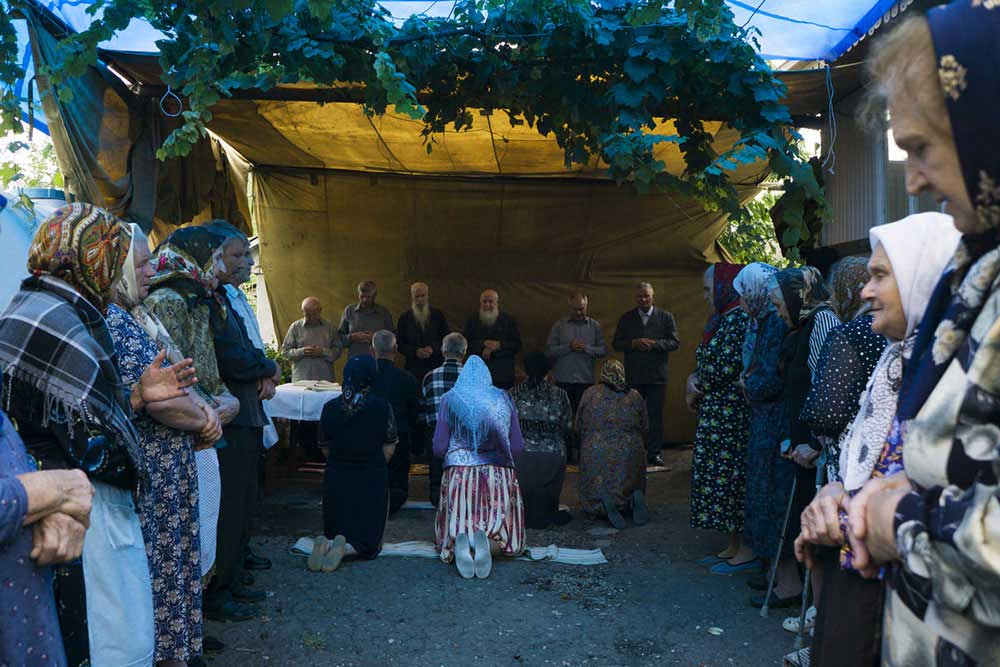
This is a story of how the older generation attempts to preserve the memory of their cultural origins and about the interpretation of their culture: Russians, Ukrainians and Azeris live side by side, having forgotten the differences that once set them apart. Meanwhile, the youth heads towards bigger towns and cities, so as to be educated and escape the pressure of their conservative families.
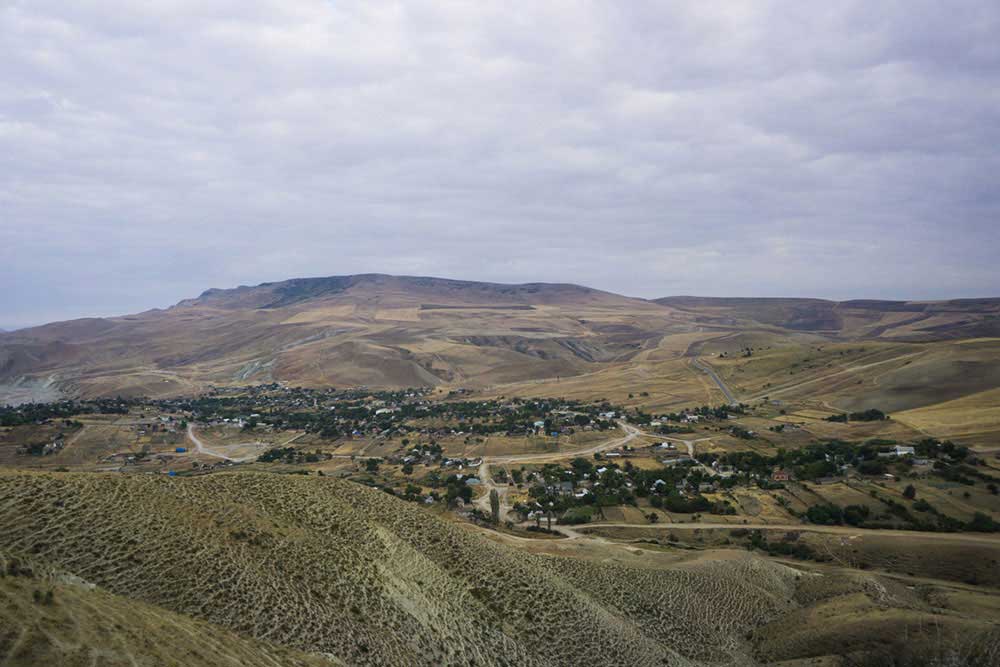
About Marina Balakina
Documentary photographer and visual storyteller. Was born in the Sverdlovsk region of Russia, now is based in Yekaterinburg. She is a graduate School of Modern Photography Docdocdoc, Saint Petersburg. She explores the larger world through close personal narratives that are centred around the lives of people in small communities. Marina focuses on the study of identity, isolation and collective memory. [Official Website]
